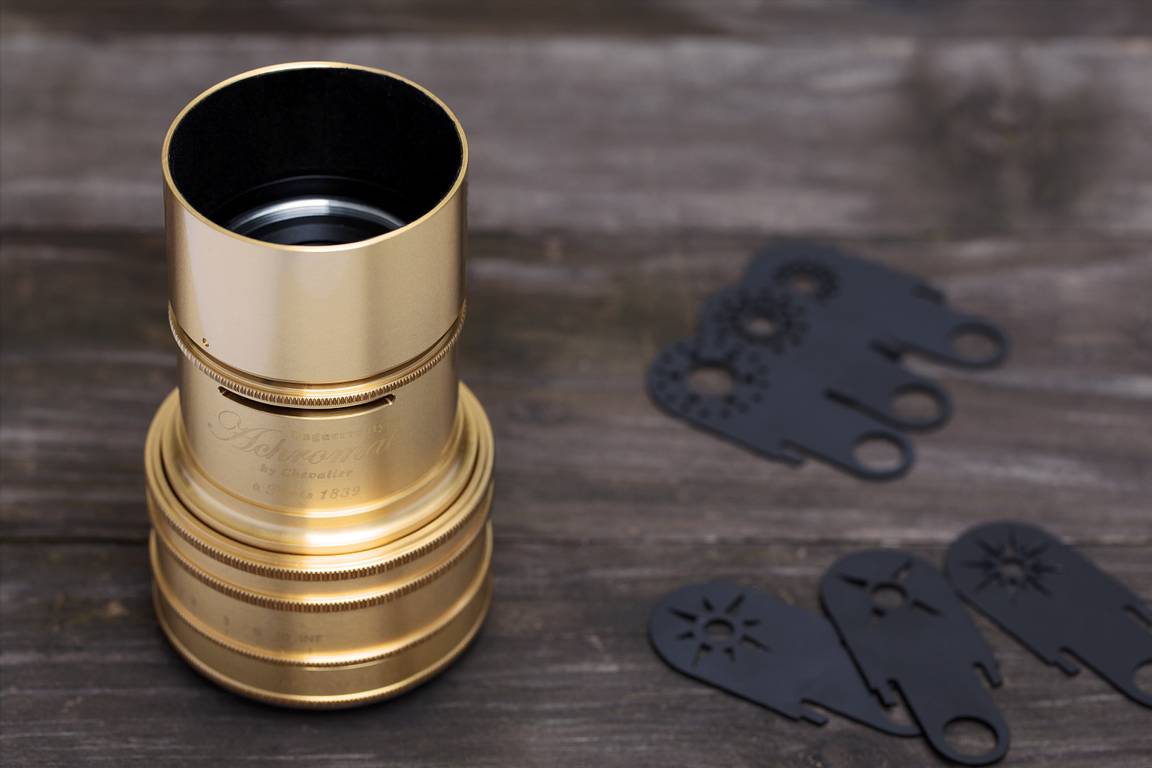John Brewer: Wetplate Experiments with the Daguerreotype Achromat 2.9/64 Art Lens
7 Share TweetUK based photographer John Brewer specializes in historic photographic processes, particularly wet plate collodion and cyanotype. We lent him a Daguerreotype Achromat lens which he attached to a bellows camera to take some wet plate shots with.
Tell us a bit about yourself and how you got into photography?
I was born and grew up in southeast England and now live in the City of Manchester. I became interested in photography at the age of eleven in the 1970s and have fond memories of balancing my enlarger on the toilet seat with my chemical trays in the bath. During the 1990's I went to art school in Bristol to study Applied Art as a mature student. During my time there I became interested in using large format cameras. While at art school I came across the wonderfully titled book 'The Keepers of Light' by William Crawford. 'The Keepers of Light' was the first contemporary book on early photographic processes. I think I had this book out of the library all the time I was studying working my way through each of the processes, falling in love with each of their own unique qualities.
The main reason I prefer to use historic processes is the fact I start with raw chemicals, a blank piece of watercolor paper, a clean sheet of glass or metal. It's a mixture of craft and art which is very satisfying and the end result is a one-off image, a unique piece of tactile art. Even if I use a negative I can't make two identical pictures because of the hand coating or brush marks when applying the light-sensitive emulsion. As well as using large format cameras I often use a digital camera and make large digital negatives for printing alternative processes on acetate. You can't use an enlarger unlike regular film photography as the image is either made in camera or contacted printed where the negative is placed on the surface of a sheet of hand-coated watercolor paper and exposed to UV light or the sun as the Victorian photographers did. The negative dictates the size of the final image.
What did you do with the Daguerreotype Achromat lens?
For the Daguerreotype Achromat lens I made a mount for my large format camera using a rear lens cap. The back of the cap was cut away and the cap glued onto a lensboard. I shot three still life images using the wet plate collodion process, a method of photography used from 1851 until the last quarter of the nineteenth century. It was quite difficult to do because of the focal length required minimal bellows. The color images were shot on my Canon DSLR
What’s coming up in 2017?
I have had work published in several magazines & books, worked in television and film, done the artwork for CD covers, have worked with an award-winning theatre company and my work is in private collections worldwide. I've also exhibited in the UK and abroad and regularly teach wet plate collodion and other processes from my Manchester studio as well as London and occasionally abroad.
For more of John's work visit johnbrewerphotography.com and thevictorianphotographer.com.
2017-09-25 #news #soho #lens #showcase #london #uk #lomoamigo #daguerreotype #art-lens #da-lens


























No Comments